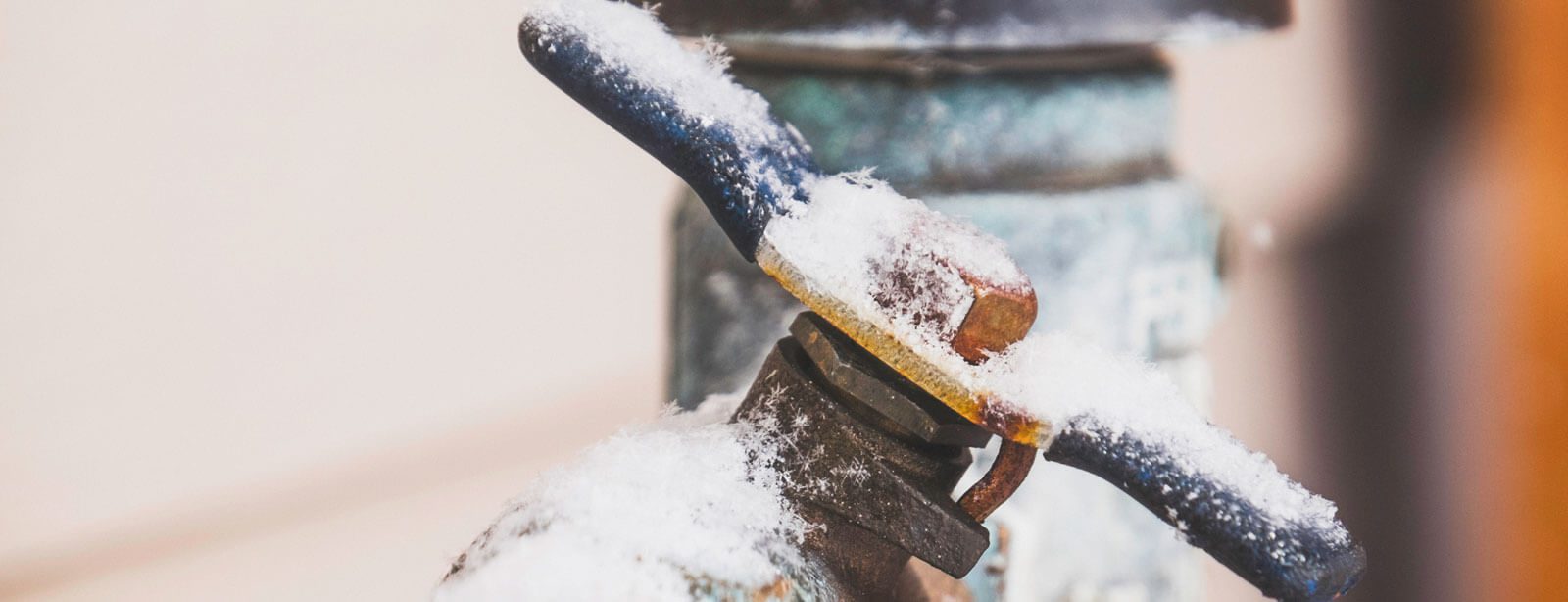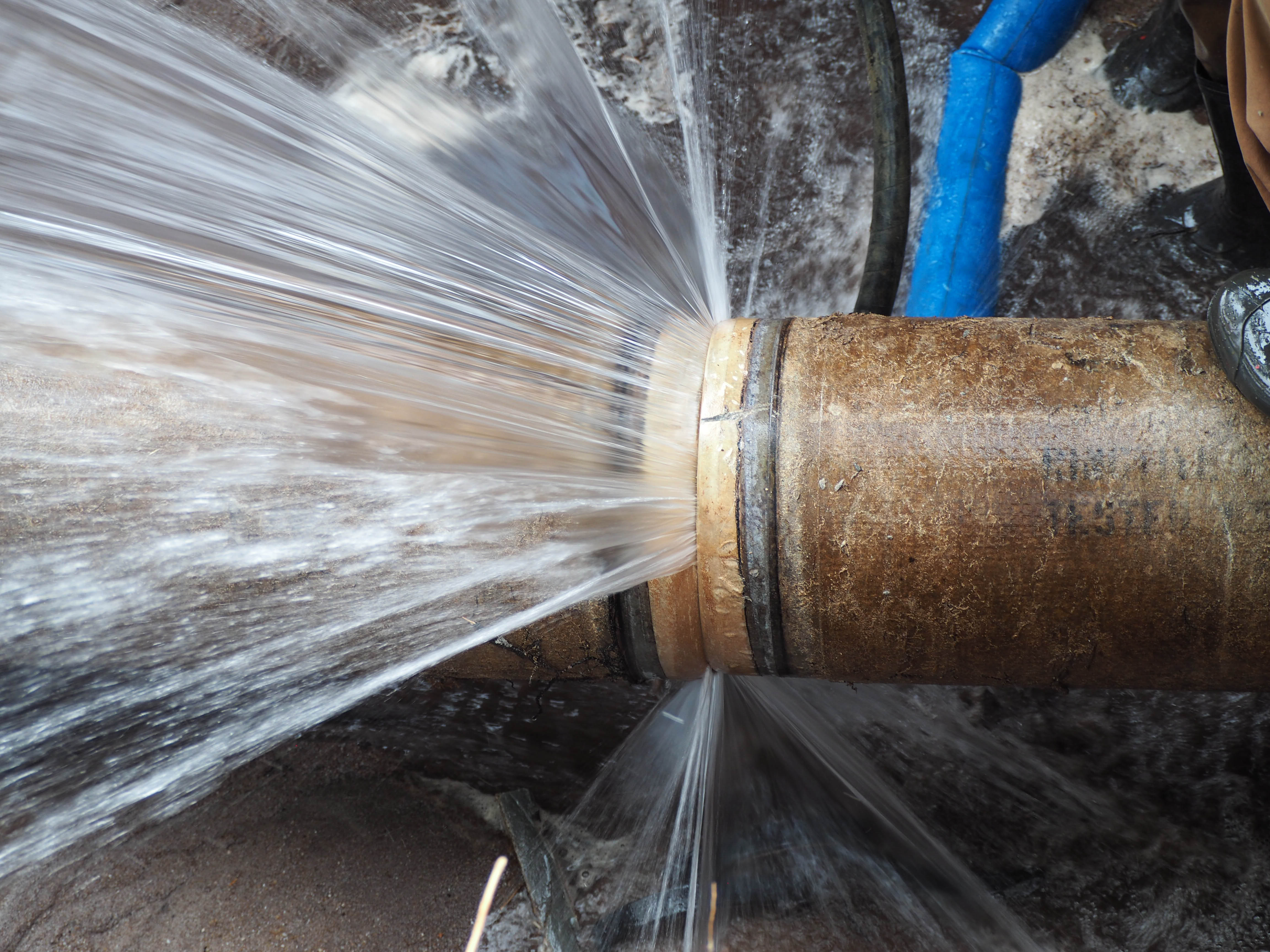Protecting Your Pipes from Freezing: Best Tips
Protecting Your Pipes from Freezing: Best Tips
Blog Article
We have stumbled on the article pertaining to How to Prevent Your Pipes From Freezing down the page on the internet and think it made perfect sense to share it with you in this article.

Cold weather can ruin your pipes, specifically by freezing pipelines. Here's exactly how to stop it from taking place and what to do if it does.
Introduction
As temperature levels decrease, the risk of icy pipes rises, potentially bring about expensive repair services and water damage. Comprehending just how to prevent icy pipelines is important for homeowners in cold environments.
Recognizing Icy Pipelines
What creates pipes to freeze?
Pipes freeze when revealed to temperature levels listed below 32 ° F (0 ° C) for extended periods. As water inside the pipelines ices up, it expands, taxing the pipeline walls and possibly triggering them to burst.
Threats and damages
Icy pipes can bring about water system disruptions, residential or commercial property damages, and expensive fixings. Burst pipelines can flooding homes and trigger comprehensive architectural damage.
Indications of Frozen Piping
Identifying icy pipelines early can prevent them from rupturing.
Exactly how to determine icy pipelines
Look for decreased water circulation from taps, uncommon odors or sounds from pipes, and visible frost on subjected pipes.
Avoidance Tips
Insulating prone pipelines
Cover pipes in insulation sleeves or make use of heat tape to protect them from freezing temperature levels. Focus on pipes in unheated or outside areas of the home.
Heating techniques
Maintain interior rooms adequately heated, particularly areas with pipes. Open cupboard doors to permit warm air to flow around pipelines under sinks.
Shielding Exterior Pipes
Yard pipes and outside faucets
Separate and drain pipes garden hose pipes prior to winter. Install frost-proof faucets or cover exterior taps with insulated caps.
What to Do If Your Pipes Freeze
Immediate activities to take
If you believe frozen pipes, keep faucets available to relieve pressure as the ice melts. Use a hairdryer or towels soaked in hot water to thaw pipes slowly.
Long-Term Solutions
Structural adjustments
Think about rerouting pipelines away from outside wall surfaces or unheated locations. Add extra insulation to attics, basements, and crawl spaces.
Updating insulation
Purchase top notch insulation for pipelines, attics, and wall surfaces. Correct insulation aids preserve consistent temperature levels and decreases the threat of frozen pipes.
Verdict
Stopping icy pipelines requires positive actions and quick actions. By understanding the causes, indications, and safety nets, homeowners can safeguard their plumbing during cold weather.
5 Ways to Prevent Frozen Pipes
Drain Outdoor Faucets and Disconnect Hoses
First, close the shut-off valve that controls the flow of water in the pipe to your outdoor faucet. Then, head outside to disconnect and drain your hose and open the outdoor faucet to allow the water to completely drain out of the line. Turn off the faucet when done. Finally, head back to the shut-off valve and drain the remaining water inside the pipe into a bucket or container. Additionally, if you have a home irrigation system, you should consider hiring an expert to clear the system of water each year.
Insulate Pipes
One of the best and most cost-effective methods for preventing frozen water pipes is to wrap your pipes with insulation. This is especially important for areas in your home that aren’t exposed to heat, such as an attic. We suggest using foam sleeves, which can typically be found at your local hardware store.
Keep Heat Running at 65
Your pipes are located inside your walls, and the temperature there is much colder than the rest of the house. To prevent your pipes from freezing, The Insurance Information Institute suggests that you keep your home heated to at least 65 degrees, even when traveling. You may want to invest in smart devices that can keep an eye on the temperature in your home while you’re away.
Leave Water Dripping
Moving water — even a small trickle — can prevent ice from forming inside your pipes. When freezing temps are imminent, start a drip of water from all faucets that serve exposed pipes. Leaving a few faucets running will also help relieve pressure inside the pipes and help prevent a rupture if the water inside freezes.
Open Cupboard Doors
Warm your kitchen and bathroom pipes by opening cupboards and vanities. You should also leave your interior doors ajar to help warm air circulate evenly throughout your home.

I hope you liked our post on 6 Ways to Prevent Frozen Pipes. Thanks a ton for taking a few minutes to read through our article post. For those who appreciated our page plz don't forget to pass it around. We cherish your readership.
Learn More Report this page